Have you ever wondered what it would be like to see music as colors or taste words? This fascinating phenomenon is known as synesthesia, a condition where one sense is simultaneously perceived by one or more additional senses. Imagine hearing a C note on a piano and seeing the color blue, or the word “Monday” tasting like strawberries. This blending of sensory experiences might sound like a work of fiction, but for some, it’s a vivid reality.
Synesthesia is more common than one might think, affecting approximately 4% of the population1. It comes in various forms, with more than 80 types identified by researchers. The most common types include Grapheme-color synesthesia, where letters or numbers are perceived as inherently colored, and Chromesthesia, a type of synesthesia where sounds involuntarily evoke an experience of color, shape, and movement2.
Experts believe that synesthesia results from increased connectivity or cross-wiring between sensory regions in the brain. This is mainly thought to be a genetic trait that persists throughout one’s lifetime3. A fascinating aspect of synesthesia is its consistency – for instance, if a synesthete sees the letter “A” as red, it will likely always be red for them.
It is not just a blending of senses but can also enhance memory and creativity. Many synesthetes report above-average abilities in memory tasks, especially those involving color or spatial sequences, suggesting that their unique sensory experiences can assist in cognitive processes45 . This intersection of senses does not just create a unique view of the world but may also offer advantageous cognitive benefits.
Beyond scientific curiosity, understanding synesthesia has significant implications for studying brain organization and function. It provides insights into how sensory information is processed and integrated, shedding light on the brain’s plasticity and adaptability6.
Let synesthesia inspire you to appreciate the complexity and wonder of human perception. The way synesthetes experience the world challenges our understanding of reality, reminding us that our senses can blend in extraordinary ways, painting a richer, more colorful canvas of the world. Remember, the limits of our language do not define the limits of our cognition; there is always more to perceive, understand, and explore.
- https://www.healthline.com/health/synesthesia [↩]
- https://www.frontiersin.org/journals/psychology/articles/10.3389/fpsyg.2014.01414/full [↩]
- https://www.livescience.com/169-rare-real-people-feel-taste-hear-color.html [↩]
- https://royalsocietypublishing.org/doi/10.1098/rstb.2018.0348 [↩]
- https://www.ncbi.nlm.nih.gov/pmc/articles/PMC3648671/ [↩]
- https://www.ncbi.nlm.nih.gov/pmc/articles/PMC4667101/ [↩]


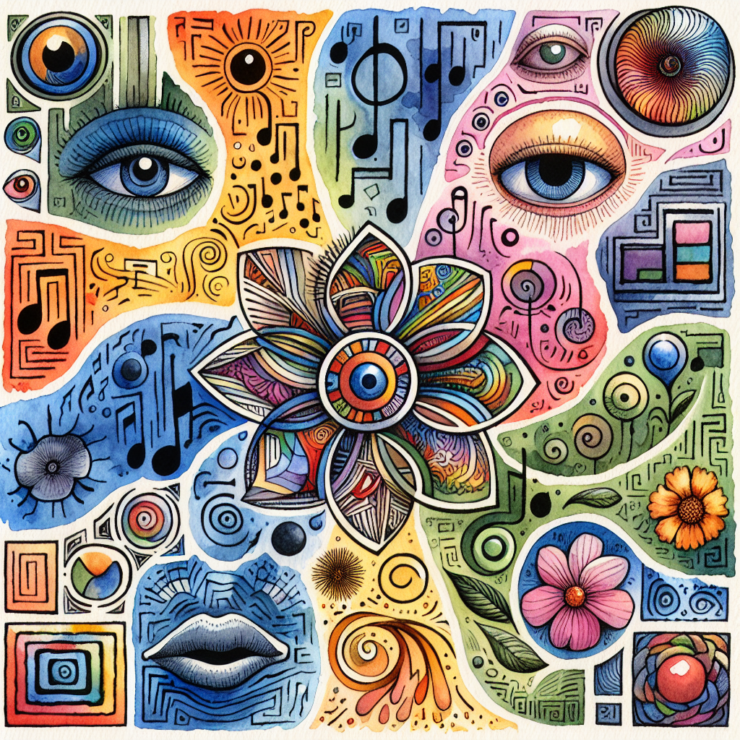
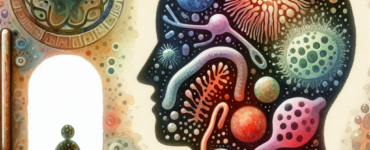
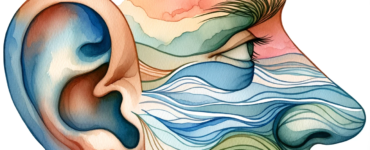
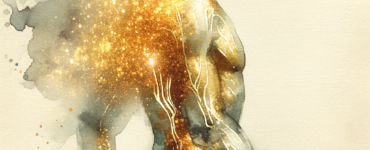
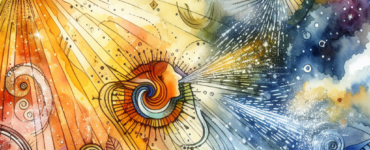

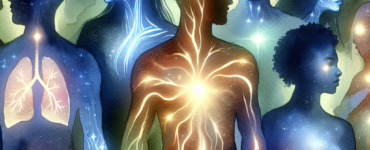






























Add comment